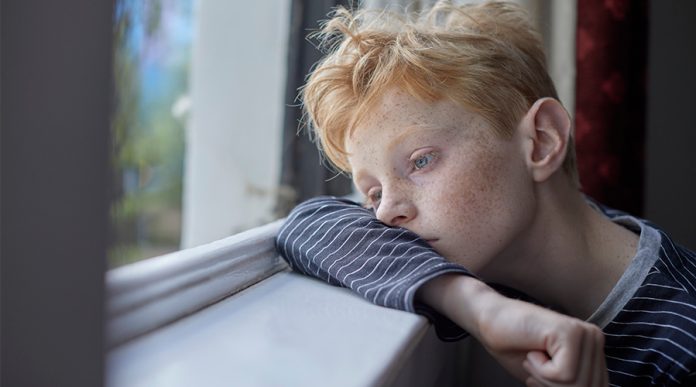Over 30,000 crimes involving the sharing and possession of indecent images of children took place last year (2021/2022), according to freedom of information data obtained from UK police forces.
THe NSPCC believe that unregulated social media is causing this increase of online child sexual abuse.
Social media companies are failing to stop their sites being used to organise, commit and share child abuse.
Now they are calling on the government to give all children a powerful voice and representation in future regulation by creating a statutory child safety advocate through the Online Safety Bill.
This would put children’s experiences at the front and centre of decision making, building safeguarding into regulation and prioritising child protection.
Their research into child abuse images on social media shows that Snapchat is the site most used to share child abuse images, being used in 43% of cases where a social media site was flagged.
Facebook, Instagram and WhatsApp, which are owned by Meta, were used in 33% of child abuse crimes on social media.
For the first time, virtual reality environments, such as the Metaverse which is accessed through Oculus headsets, were found to be involved in child sexual abuse image crimes.
Committing to a statutory child safety advocate is crucial, acting as an early warning system to identify child abuse risks and ensuring they are on the radar of companies and Ofcom.
The advocate would reflect the experiences of children and young people and help create an online corporate culture that focuses on preventing abuse.
These new figures are incredibly alarming, but reflect just the tip of the iceberg of what children are experiencing online
NSPCC Chief Executive, Sir Peter Wanless, said:
“We hear from young people who feel powerless and let down as online sexual abuse risks becoming normalised for a generation of children.
“By creating a child safety advocate that stands up for children and families, the government can ensure the Online Safety Bill systemically prevents abuse.
“It would be inexcusable if in 5 years time we are still playing catch-up to pervasive abuse that has been allowed to proliferate on social media”







